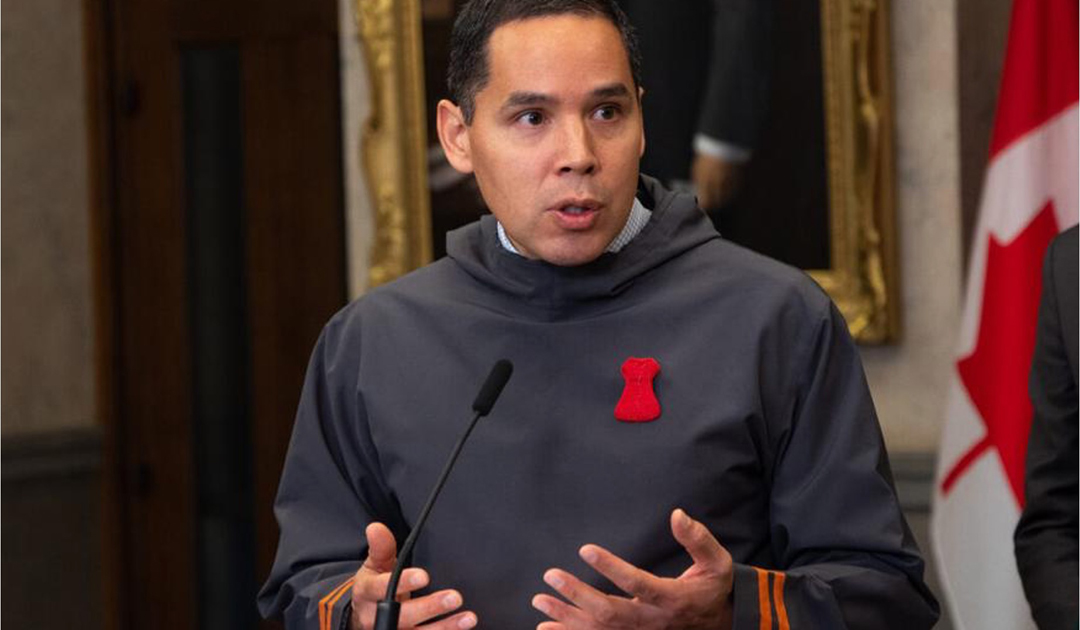
The Supreme Court of Canada has just upheld the constitutionality of Act C-92, also known as an Act respecting First Nations, Inuit and Métis children, youth and families. This law enables the country’s Indigenous communities to manage their own child and family protection services, and recognizes that the culture must be taken into account in child protection. Just as much as its physical, psychological and emotional well-being and safety.
On January 1, 2020, Act C-92 officially came into force in Canada. Recognizing the rights and jurisdiction of Indigenous peoples in child and family services, the new Act also superseded provincial and territorial authority in child welfare matters. So if a community or organization had its own law, that law applied.
The Quebec government obviously didn’t like this situation, and objected. Its argument? Ottawa would have exceeded its constitutional authority by infringing provincial jurisdiction in this area. The case went to the Court of Appeal of Quebec, which partially ruled in favor of the Quebec opposition. An insufficient decision for the federal government, which took the case to the country’s Supreme Court. The latter handed down its verdict on February 9, recognizing the full constitutionality of Act C-92.

A decision celebrated by Indigenous organizations across the country, including the Inuit of Inuit Nunangat. “The court has recognized our right to raise our children surrounded by their language, culture, history and land.”, notes Inuit Tapiriit Kanatami, a representative organization of the Inuit, in a press release issued on February 9. “Today, Canada’s highest court has unanimously reaffirmed our inherent right to self-govern, including the power to care for our children and youth.,” said Natan Obed, President of ITK. “As a result of colonial systems, many of our families have been torn apart and have suffered devastating intergenerational trauma”.
The Quebec government’s opposition did not go down well with Indigenous populations. And with good reason. Youth protection is a hot topic, especially when it comes to child placements. A census conducted in 2021 showed that 53.8% of children under 14 in foster care were Indigenous. A figure that poses a problem when considering that Indigenous represent 7.7% of the population. In addition, placements can be ordered for socio-economic reasons, such as poverty, parents’ state of health or overcrowding in the home. These are issues that often affect Canada’s Indigenous communities.
For Inuit children, placement often means moving to a family or institution in the south, thousands of kilometers from home, cut off at the same time from their family, community and culture. That’s why some people associate the placement of children in families or foster homes in the south with residential schools.
Under Act C-92, children’s ties to their families, communities and cultures are as important to maintain as their physical, psychological and emotional well-being and security.
Mirjana Binggeli, PolarJournal





